SUMMARY
This is AI generated summarization, which may have errors. For context, always refer to the full article.
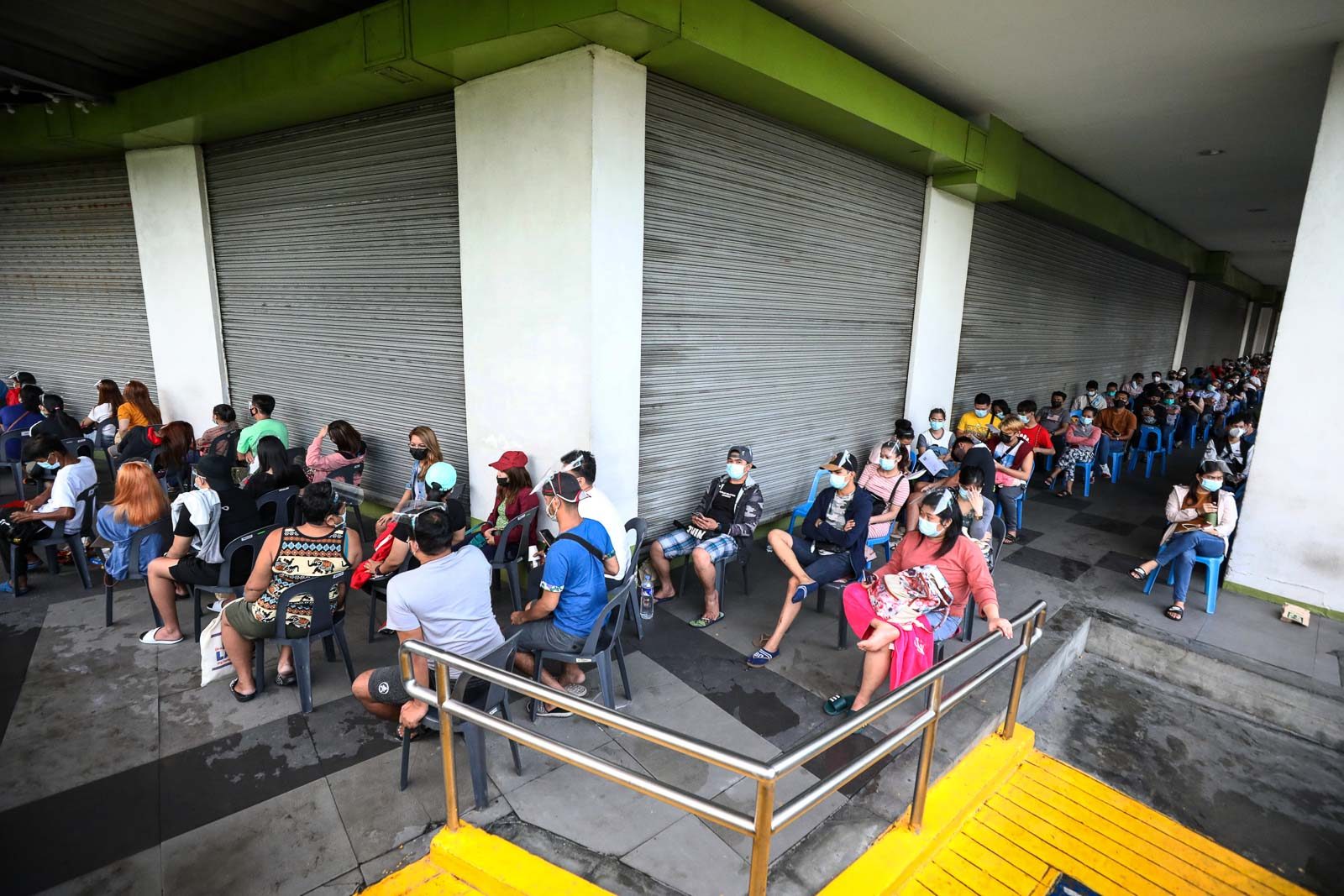
More than a year from March 2020, when the Philippines dealt with the first confirmed case of local COVID-19 transmission, local government units (LGUs) face the enormous responsibility of vaccinating their constituents against the dreaded virus.
LGUs in the National Capital Region (NCR) understand the enormous task at hand, as the urban sprawl that is home to at least 12 million people has repeatedly become a hotspot for coronavirus infections. Outbreaks in the metropolis have hampered the country’s long road to economic recovery.
Rappler reached out to all 17 LGUs in the region to get a picture of how localities are doing their part in achieving the national government’s target of inoculating 50 million to 70 million Filipinos in 2021. Fourteen of the cities provided data.
Some LGUs are halfway there
As of late June, four cities in Metro Manila have already partially vaccinated at least half of their target population.
Topping the list is San Juan, which has inoculated four in every five individuals out of their target population. Led by first-term Mayor Francis Zamora, the city was among the first cities to get the ball rolling for the COVID-19 vaccination of senior citizens in late March and economic frontline workers in June.
Zamora said on Monday, June 28, that the city aimed to partially vaccinate 100% of its target population by mid-July.
Second in the list is Manila, which is also led by another first-term mayor, Isko Moreno. Some 440,000 people, or more than half of Manila’s 800,000 target population, have already been partially vaccinated against COVID-19, as of June 28.
Despite the flak it received over the lack of an online fixed scheduling system, Manila was able to log daily records in terms of its COVID-19 vaccinations. The most recent one was on June 22, when the city administered 35,572 shots on a single day.
Navotas and Mandaluyong have also surpassed the halfway mark, as of late June.
(It is important to note that target populations of LGUs vary, and may still change. For example, in Manila, it is around 50% of the entire population. For Quezon City, it is 80% of the adult population.)
Work still cut out for most LGUs
Five cities have reached the 33% mark, namely Las Piñas, Parañaque, Pasay, Muntinlupa, and Quezon City.
Caloocan, Valenzuela, Makati, Pasig, and Malabon have yet to partially vaccinate one-third of their target population, but they are almost there.
Despite being in the middle of the pack in terms of percentage of people vaccinated against the target population, Quezon City and Caloocan were among the cities that have administered the most number of first-dose vaccines to people. But because they are also among the most populous cities in the region, the bar is also higher for them.
Aside from Quezon City and Caloocan, Manila, Las Piñas, and Parañaque completed the top five cities in terms of the number of first doses administered.
Long way to go for full vaccinations
Making sure that Filipinos have full protection against the dreaded virus remains an uphill battle. Data show that seven of 14 LGUs in Metro Manila have yet to reach the double digits in terms of percentage of people fully vaccinated out of the target population.
The top four remain the same: San Juan, Manila, Navotas, and Mandaluyong. In San Juan, in particular, one in every five individuals is already fully inoculated against COVID-19.
Quezon City and Pasay rank fifth and sixth, having fully vaccinated around 12% of their target population.
Other factors
It is necessary to take note that several factors contribute to the vaccination progress of LGUs.
For one, a number of LGUs were able to get first access to certain vaccine brands because they met the very sensitive storage and handling requirements for the vaccines.
In some instances, cities repeatedly halted inoculations amid dwindling COVID-19 vaccine stockpile.
The amount of vaccines the Department of Health gives to LGUs depends on how fast they exhaust the supply they have on hand. In that case, how effective LGUs’ efforts are to combat vaccine hesitancy comes into play.
Metro Manila also benefits from the Philippine government’s strategy to kickstart inoculations of economic frontline workers in places with high infections and significant economic impact. LGUs outside the so-called “NCR Plus 8” – Metro Manila, Metro Cebu, Metro Davao, and six provinces in Luzon – have less COVID-19 vaccine supply on hand.
Overall, 7.5 million Filipinos have received at least one COVID-19 vaccine dose, as of June 27. Of this number, 2.5 million have been fully vaccinated. – charts by Michael Bueza/Rappler.com
Add a comment
How does this make you feel?
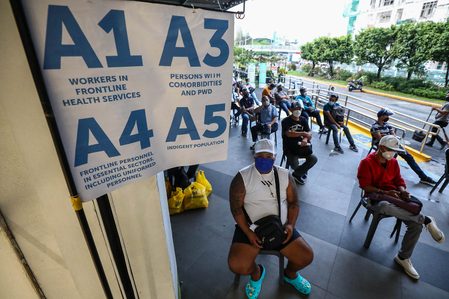
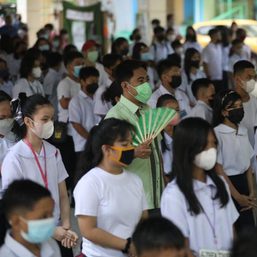
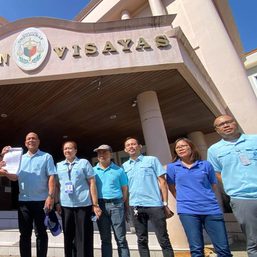
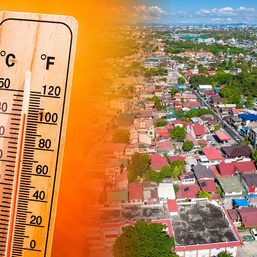

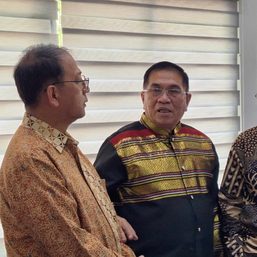
There are no comments yet. Add your comment to start the conversation.